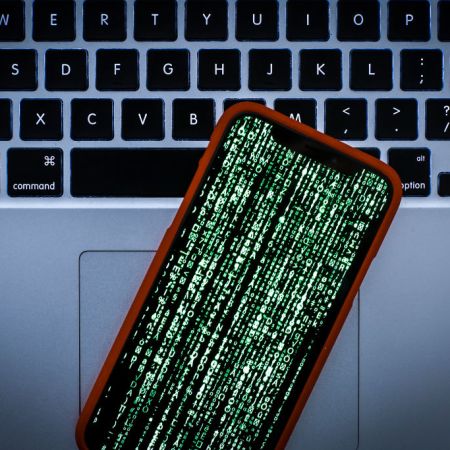As we spend more and more time online, the places where we spend that time have bolstered their ability to verify that we are who we say we are. There’s a good reason for that; online fraud is on the rise, with news regularly breaking of massive data breaches that could put private information in the hands of malicious actors. Hence the reason that certain websites now require a photo or video of you to access certain features.
You might think that that would be enough to secure these websites and apps from scammers. Unfortunately, hackers are very resourceful — and not even people’s faces are safe. That’s the gist of an unnerving investigation by Joseph Cox at 404 Media, about the illicit market that’s developed to circumvent the security measures enacted by cryptocurrency exchanges and other high-stakes services.
Cox describes a brisk online trade in “specially-made sets of photos and videos of ordinary people.” In researching the story, 404 Media spent approximately $30 to obtain “80 photos and four videos of the same person” from a service that also lets potential buyers know if someone’s likeness has been sold fewer than five times. (This, evidently, makes the images less likely to attract attention.) According to a cybersecurity expert quoted in the article, there are more than a few such services available online.
How to Behave Online: 84 New Rules
Advice for navigating work Slack, AI-fueled social media, dating apps and just about every facet of our always-online existenceAt a time when concerns over AI-generated images being used in scams are also heating up, the relatively low-tech nature of this marketplace almost feels quaint — except, of course, for its potential use in fraud.
Encountering a scammer in an online space where you never expected to see them is an unsettling experience. It might also leave you wondering precisely how someone was able to bypass the systems put in place to protect the integrity of such services. The site described in 404 Media’s article offers one explanation: a marketplace where the barrier to entry is low and the things scammers can do with the resources available are expansive.
This article was featured in the InsideHook newsletter. Sign up now.



















